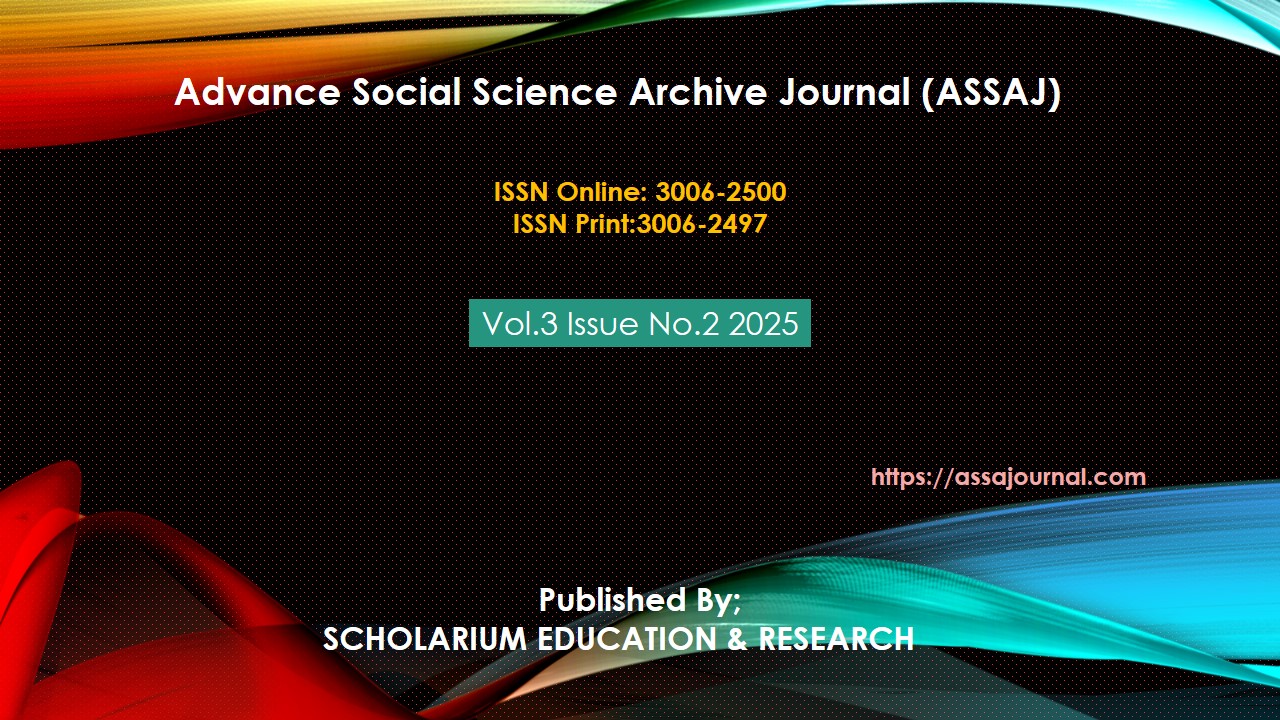The Linguistic Landscape of Peshawar City: A Study of Language Use in Shops Signs and Billboards
Abstract
This study investigates the linguistic landscape of Peshawar city, focusing on the commercial signage in urban public spaces. Given the prevalence of billboards and shop signs, the research examines the languages employed in these visual displays to understand their sociolinguistic implications. A mixed-methods approach was adopted, combining qualitative and quantitative techniques. Data were collected through 200 digital photographs of shop signs across various urban areas, categorized by business type. The quantitative data were analyzed using the Statistical Package for the Social Sciences (SPSS), employing percentage calculations and standard deviation. Additionally, descriptive statistics and narrative analysis were utilized to interpret the data. The findings reveal a multilingual landscape, with English predominating on billboards, followed by Urdu. Notably, Pashto, the indigenous language, is underrepresented in commercial signage, indicating a shift towards globalized linguistic practices. This study contributes to the understanding of how language use in public signage reflects and influences cultural identity and social dynamics in Peshawar.
Keywords: Linguistic Landscape, Multilingualism, Commercial Signage, Sociolinguistics, Peshawar, Language Policy





